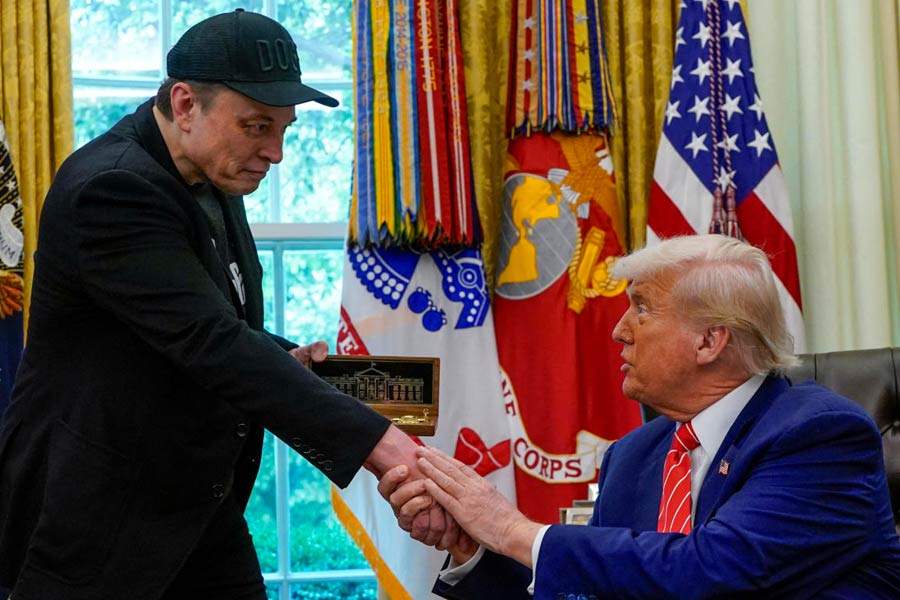
Plants as weapons of war

.jpg)
Spears- These are perhaps some of the oldest weapons used by man, made by breaking trunks off trees, stripping off the bark and sharpening an end. The Ash tree (picture above) gets its name from the Old English word “aesc”, which means “spear”. The Elm too has been popular down the ages to make spears, darts, bows and arrows.
Barbed wire- National territories may now by demarcated with metallic wires but once upon a time it was thorny cacti that did the needful. The Scottish Thistle is one such cactus that is given credit for saving Scotland from a Norse invasion in the 13th century. Since the Norse were barefoot, their cries of pain from stepping on the cacti alerted the Scots who then took guard. The Thistle is still a revered plant in Scotland.
Chemical and biological weapons- Before weapons such as anthrax were developed, governments all over the world researched the likes of castor oil plants the seeds of which produce the highly toxic ricin. A dose of ricin powder, the size of a few grains of salt, can kill people if injected, ingested or even inhaled. Various countries were researching it during the two world wars but they are now listed as schedule 1 controlled substances under the 1972 Biological Weapons Convention and 1997 Chemical Weapons Convention. This means their production has to now be restricted.
.jpg)

Curry bomb- When you want to — not kill but — smoke the enemy out of their holes, you use hand granades made of chilli and pepper powder. As per reports, the Indian army developed these non-lethal bombs using Assam’s Bhut Jolakia chillies, known to be some of the hottest in the world. The bomb would sting the eyes, throat and skin and create huge smoke screens.
Poison- While poisons have long been extracted from snakes and scorpions, ancient Egyptians are believed to have spearheaded research in poisons from plants. The natives of Central and South America also used Curare, the common name given to poison extracts from plants, to lace their arrows for hunting.
Later, poison became a convenient method of killing the enemy. Hemlock, the poisonous plant of the Parsley family (picture above left), was used to kill Greek philosopher Socrates (picture top left) in 399 BC, for instance. In a 1908 incident known as the Hanoi Poison Plot, a group of Vietnamese cooks mixed the poisonous Datura plant in the food of French troops.
Plants as medicines in war

.jpg)
Sanjeevani- This is the magical herb that would save Laxman’s life after he was injured fighting Ravana’s army in The Ramayana. Ram asked Hanuman to fetch the herb from Dunagiri, a part of the Gandhamadon Hill, but unable to identify it, Hanuman lifted the entire mountain and brought to Rama. It went on to revive Laxman. The plant is scientifically known as Selaginella bryopteris and grows along the Aravalli Ranges of western India.
Aloe vera- When Alexander the Great set out to conquer the world Aristotle, his teacher, asked him specifically to capture a Middle Eastern land named Socotra. This was because the land grew Aloe Vera (picture above), the juice of which would treat the wounds of his soldiers.


The Gladiators- of ancient Rome who were to fight lions or other gladiators before an audience, are said to have guzzled down a drink made of the ashes of charred plants. The drink was said to renew vigour and help bone healing.
Plants as a reason of war
Opium Wars- This is the collective term for two Sino-English wars fought between 1839 and 1860. China was self-sufficient and did not want foreign trade but the British introduced the opium drug to the country, sourced from poppy plants of India and Turkey. China tried to stop this but lost the wars to the British, who forced the country to open up to foreign trade, legalise sale of opium and even hand over Hong Kong till 1997.
Boston Tea Party- This was an iconic 1773 incident that escalated to the American Revolution. Previously the British East India Company had to sell its tea to London. From there merchants would import and sell it to the American colonies. But the Tea Act of 1773 enabled the Company to sell tea directly to the colonies, thereby rendering jobless the merchants. As a rebellion colonists, disguised as Red Indians, climbed into three tea-laden ships and dumped the cargo into the sea. The British imposed harsh punitive measures on the colonies after this, and the resentment snowballed into the revolution.
Plants as a symbol of victory

The olive branch- This is a symbol of peace or victory, started in ancient Greece. Olive wreaths are still presented to Olympic winners.

Coming up
A free-for-all workshop will be held on growing annuals (seasonal flowers) on October 4. The event,
organised by Bidhannagar Horticultural Society, will be held at Dishari Bhavan near City Centre from 4pm.










